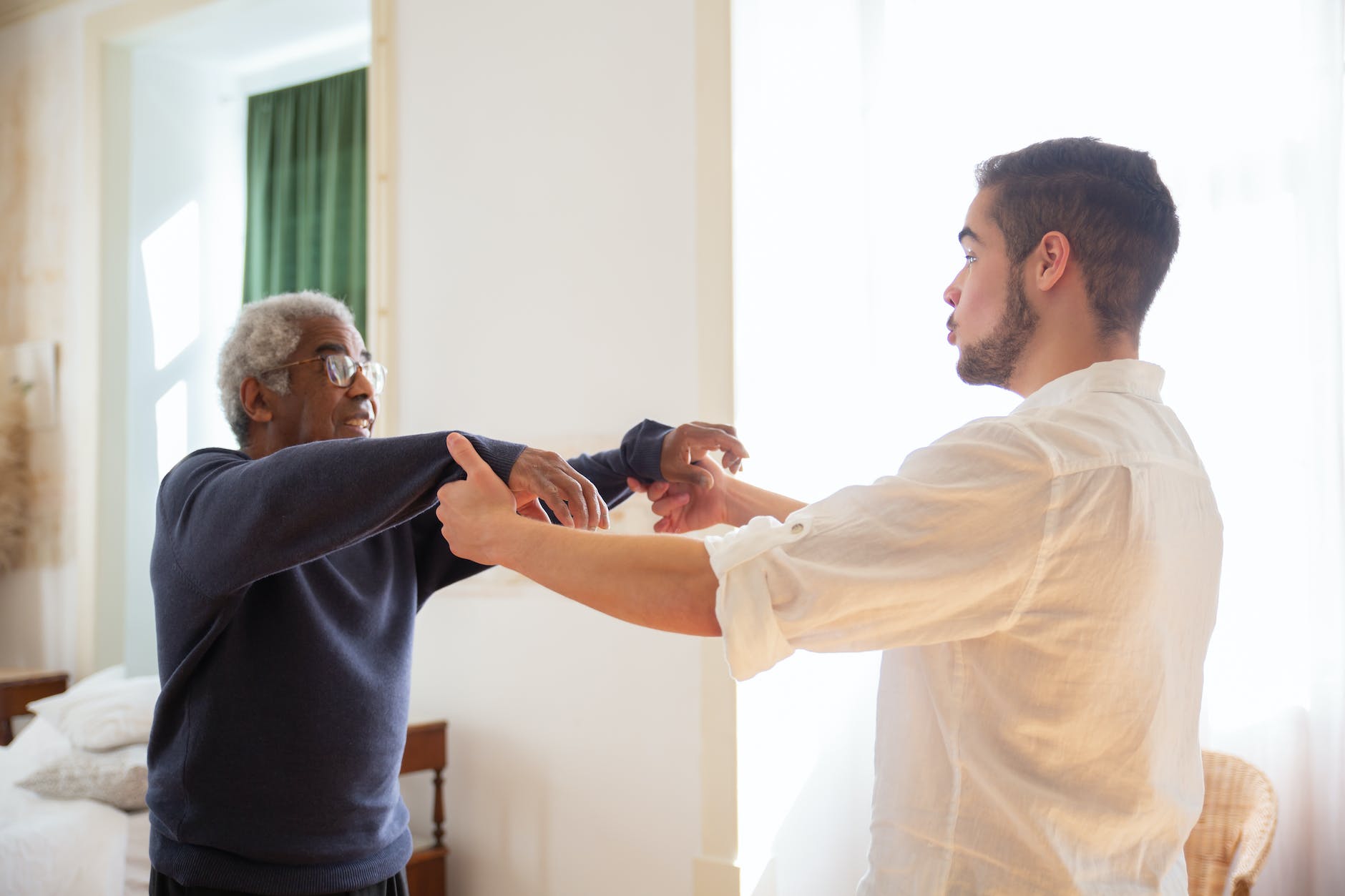
Physiotherapy
Neurorehabilitation has entered an era where the integration of mind-body approaches plays a pivotal role in enhancing the recovery journey of individuals facing neurological disorders. We understand the profound impact such approaches can have on physical and mental well-being. So, let’s delve into the intricacies of mind-body connections and their relevance to neural disorders, providing insights into how these approaches go beyond conventional methods to foster holistic recovery.
Understanding Mind-Body Connection in Neurological Rehabilitation
Mind-Body Connection Explained
The intricate interplay between the mind and body lies at the core of neural rehabilitation. This journal provides comprehensive insight on the nervous system, a complex network of neurons, forms the bridge connecting our thoughts, emotions, and physical responses. Understanding this connection is crucial in tailoring rehabilitation strategies that address neurological disorders’ physical symptoms and psychological aspects.
The nervous system comprises the brain, spinal cord, and peripheral nervous system. This intricate network enables communication between different body parts and regulates essential functions.
Research has established that thoughts and emotions can manifest physically. Stress, for example, can exacerbate the symptoms of neural disorders. Some articles state that repressed emotions can cause physical pain. Recognizing these connections opens avenues for therapeutic interventions targeting cognitive and physical aspects.
Relevance to Neurological Disorders
Neurological disorders are not isolated from neural symptoms alone. They often involve emotional and psychological challenges as well. Here, we explore how the mind-body connection is relevant to specific aspects of health.
Stress can significantly impact the progression of neurological disorders. Chronic stress may exacerbate symptoms, hindering recovery. Mind-body approaches, such as mindfulness, prove instrumental in mitigating stress and fostering a conducive environment for rehabilitation.
Neuroplasticity, the brain’s ability to reorganize itself, is a pillar of rehabilitation. Mind-body practices harness neuroplasticity, promoting adaptive changes in the brain that contribute to functional improvements and recovery.
As we navigate the intricate web of mind-body connections in treatment, it becomes evident that a holistic approach is not just beneficial but often essential for optimal outcomes.
Mindfulness in Neurological Physiotherapy
Mindfulness, rooted in ancient contemplative practices, has become a powerful tool in modern physiotherapy. It involves cultivating a heightened awareness of the present moment without judgment, fostering a deep connection between the mind and body.
The practice shifts the focus to the present moment, acknowledging thoughts and sensations without attachment. This practice involves principles such as non-judgment, acceptance, and letting go.
Various Neurorehabilitation Approaches
Yoga
Yoga, a holistic discipline encompassing physical postures, breath control, and meditation, has gained recognition as a therapeutic approach to neurorehabilitation.
Yoga goes beyond physical exercise. It integrates breath and mindfulness, promoting a harmonious connection between body and mind. In rehabilitation, yoga is a versatile tool adaptable to various neural conditions.
Tai Chi
Tai Chi, an ancient Chinese martial art, has transcended its origins to become a valuable tool in neurological rehabilitation. It involves slow, flowing movements combined with deep breathing and meditation. Tai Chi’s gentle, rhythmic motions make it particularly suitable for individuals with neural disorders. It promotes balance, reduces the risk of falls, and enhances overall coordination.
Occupational Therapy (OT)
Occupational therapy is a key component in neurorehabilitation. It focuses on enhancing individuals’ ability to perform daily activities. In https://www.abilitiesrehabilitation.com/, therapists assess cognitive and physical abilities and provide interventions to improve independence in everyday tasks. This approach promotes functional recovery.
Tailored interventions may include adaptive strategies, assistive devices, and cognitive exercises. Occupational therapy bridges the gap between physical limitations and meaningful daily activities.
Vestibular Recovery
The vestibular system, which is responsible for balance and spatial orientation, becomes a focal point in rehabilitation for specific neurological conditions. It is crucial for maintaining balance and coordinating eye and head movements. Dysfunction in this system can lead to dizziness, vertigo, and imbalance.
Vestibular rehabilitation involves specific exercises to improve gaze stability, balance, and coordination. These exercises are designed to adapt to and recalibrate the vestibular system.
In the dynamic landscape of neural recovery, the integration of mind-body approaches marks a transformative chapter in fostering comprehensive recovery. From the foundations of mindfulness, which bring a heightened awareness to the present moment, to the versatility of yoga, tai chi, and other innovative therapies, we’ve explored a spectrum of approaches that extend beyond conventional treatments. Each method has unique strengths, addressing each disorder’s physical symptoms and emotional and cognitive facets.
Looking ahead, the future of neurorehabilitation holds exciting possibilities. Ongoing research, emerging technologies, and a growing understanding of neuroplasticity continue to shape the landscape, offering new avenues for innovation and improvement.
In embracing the holistic potential of mind-body approaches, we extend an invitation to individuals and healthcare professionals alike—a call to explore, adapt, and integrate these transformative practices into the fabric of neurorehabilitation. Through shared knowledge, ongoing research, and a commitment to individualized care, we stand at the threshold of a promising era in rehabilitation, where the mind and body converge for optimal well-being and recovery.






